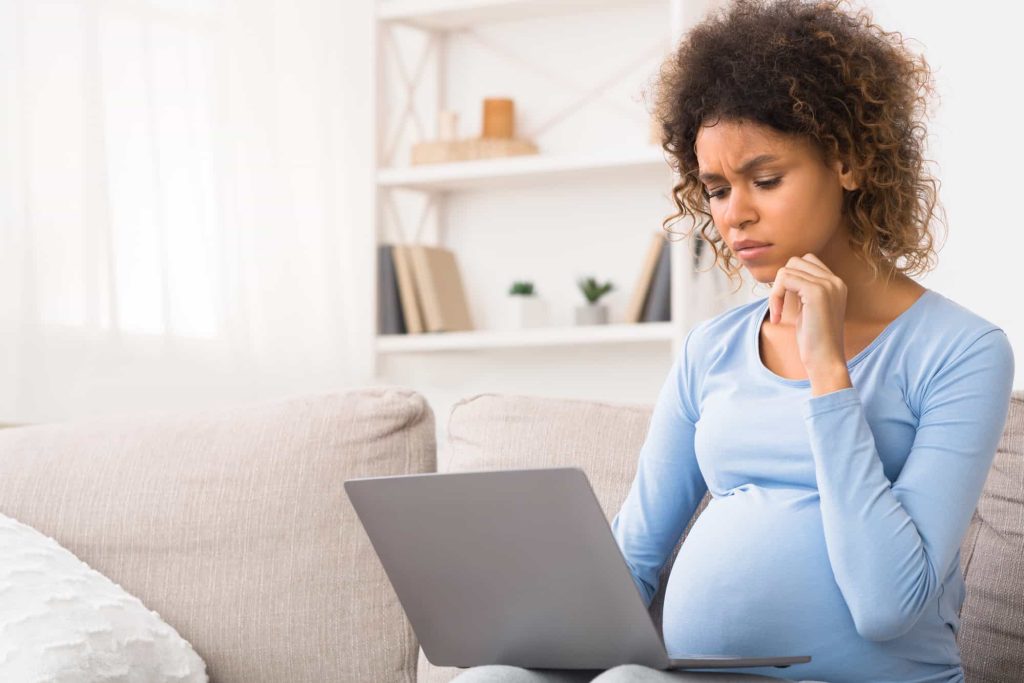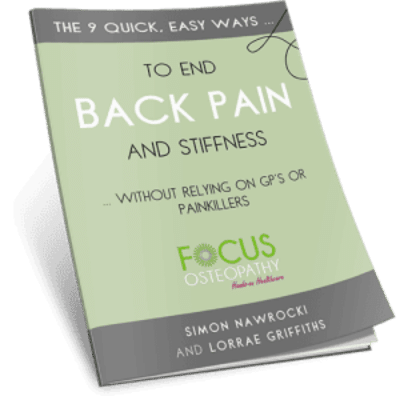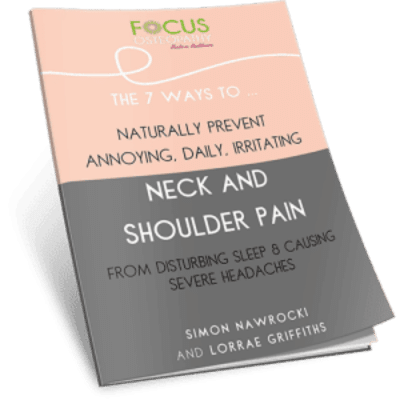Are you pregnant and wondering what to expect after your baby is born?
We know it’s tempting to want to spring back into your health and fitness routine immediately after the birth of your new baby. To “lose the baby weight” and quickly return to your pre-baby health and fitness level.
But many changes take place in your body in the 6-8-week postpartum period after childbirth. They range from physical to emotional and hormonal. But the important thing to remember – and prepare for – is that feeling these changes and discomfort after childbirth is perfectly normal.
However, if you continue to have symptoms that remain past the initial six to eight weeks after delivery, it could be a sign of an underlying health issue that requires treatment. Therefore, it’s vital to attend all your postpartum medical appointments – even when you don’t have any pain or discomfort.
Postpartum health checks are essential to make sure you are recovering well after the delivery. In addition, they are an opportunity for your doctor or midwife to spot any health conditions that might need treatment. So, they’re a critical step in your recovery and well-being after pregnancy, labour, and childbirth.
More Blogs From Focus Osteopathy
Pregnancy: Dealing With Back Pain When Sleeping
How Pregnancy Can Cause Knee And Back Pain
How Can I Relieve My Pelvic Pain During Pregnancy?
Postpartum Symptoms: What Can I Expect?
There are many postpartum effects that can affect women in the first six to eight weeks after childbirth – and they’re usually different for everyone. But here are the most common:
Perineum Soreness & Postpartum Pains

The perineum is the spot between the rectum and vagina that stretches and can tear at the time of delivery. After delivery in the postpartum period, it can become sore. It can be more intense if you have an episiotomy (a surgical cut at the entrance to the vagina).
Ways to reduce discomfort: While sitting, use a doughnut-shaped pillow. Soak in a warm bath (from +4 weeks onwards), or you may want to try an ice pack on the area to relieve soreness, whichever works best for you.
N.B, after using the bathroom, wipe from front to back to minimize the risk of infection until the area heals fully. If the pain is severe, you can take pain medication in consultation with your doctor.
Many women experience belly cramps in the postpartum period due to the womb shrinking to its original size after childbirth. These should dissipate within a few days – although obviously, they may last longer if you have a C-section.
Ways to reduce discomfort: If you need it, speak to your doctor about over-the-counter medication to manage the pain.
Vaginal Discharge & Breast Engorgement
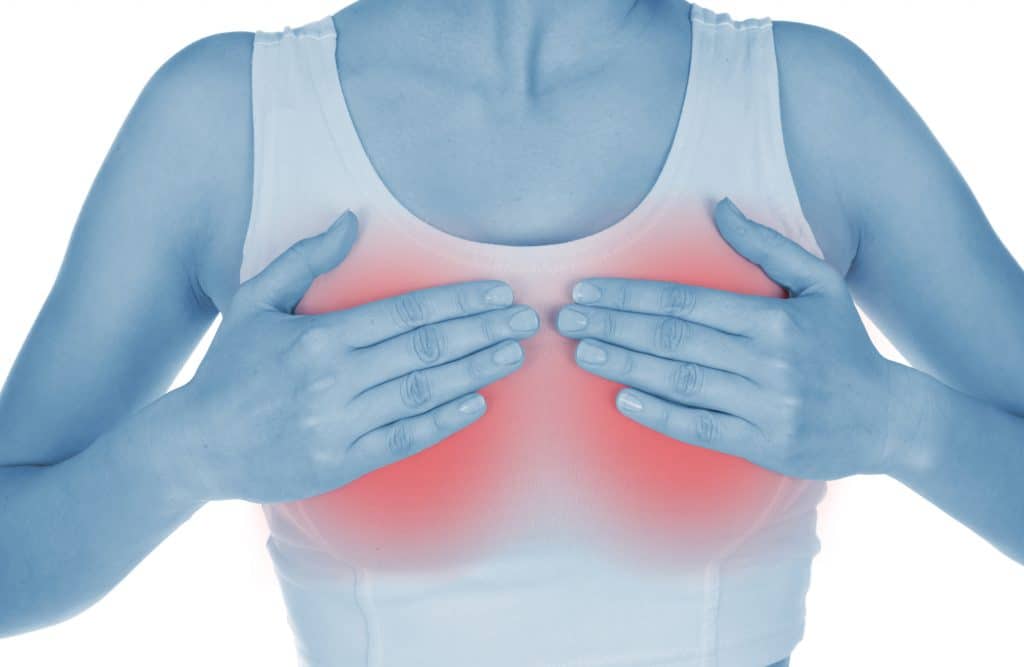
After the delivery, your body discharges extra tissue and blood left within the uterus. We refer to this as “lochia” or vaginal discharge. The discharge could be heavy and bright red like a period with blood clots in the first few days after delivery.
Over time, it will reduce to a lighter colour. Still, you may have increased discharge for the entire postpartum period until your cycle regulates and your period starts again.
Ways to reduce discomfort: Use sanitary pads or pantyliners until the discharge stops completely. If it continues longer than 6-8 weeks, contact your doctor.
When the breasts are filled with milk, they swell a few days after delivery. Consequently, you might feel soreness or tenderness in your breasts that go away with regular breastfeeding.
However, if you don’t plan to breastfeed or are unable to for whatever reason. You may experience these painful sensations for a little longer until your breasts stop producing milk.
Ways to reduce discomfort: Make it a habit of breastfeeding regularly and try not to skip a feeding. Before breastfeeding, extract some milk using your hand or a breast pump. If you do not intend to breastfeed, use a firm bra for support.
Use nursing pads for breast leaks, so your clothes don’t get wet or stained with milk. To improve milk flow, use warm towels on the breast when feeding. For painful breasts due to engorgement, use ice packs on your breasts. Speak to your doctor if things don’t improve.
Nipple Pain & Swelling In The Body
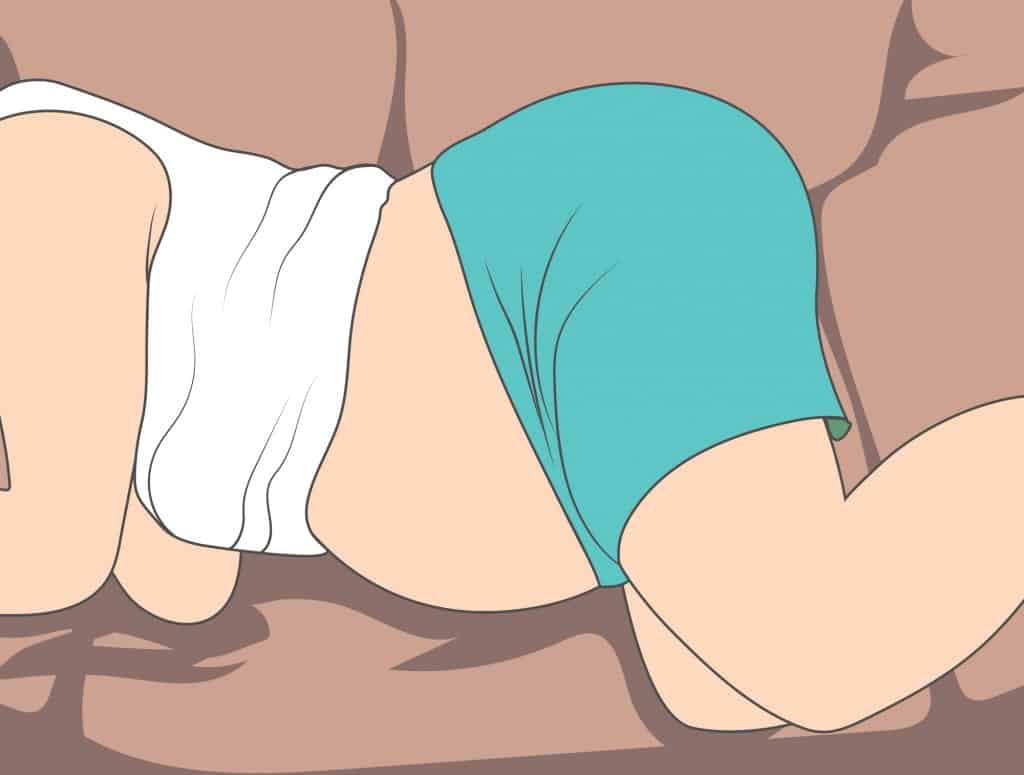
If you choose to breastfeed. You may experience nipple pain and develop cracked nipples in the first few days as your body and skin adjust to your new baby latching on and feeding.
Ways to reduce discomfort: After feeding your baby, massage the breast, let a bit of milk flow, and rub around the nipples while letting it dry naturally in the air.
You may want to use a nipple cream to prevent and treat cracked nipples and the associated pain. If your baby is not latching on correctly, consult your midwife or a lactation consultant for help.
Many women experience swelling in different parts of the body after pregnancy and childbirth. This swelling is due to the fluid buildup and can take time for the swelling to go away on its own.
Ways to reduce discomfort: Lie on the left side when lying down. Wear loose clothing and drink water. Keep your feet up when lying down using a support like a bolster or a pillow.
Hemorrhoids & Constipation

These veins around or in the anus can swell up and get painful and bleed. These are common during and after pregnancy and in the postpartum period.
Ways to reduce discomfort: Use warm water to soothe the inflamed veins with a Sitz bath.
Do not overstrain when passing bowel movements, as it will strain the veins and cause them to bleed. Increase your consumption of water and fluids considerably.
Eat more vegetables, fruits, cereals, nuts, and whole grains, which are rich in dietary fibre. If the pain is severe, speak to your doctor for a cream or spray to reduce pain and inflammation.
Constipation is one of the most common complaints among women during pregnancy and postpartum.
It happens when irregular bowel movements are hard and painful to pass. It also may be accompanied by bloating and gas. It can continue for some days or weeks after the delivery.
Ways to reduce discomfort: Increase the quantity of dietary fibre you eat in your diet, including green vegetables and fresh fruits.
You should also increase your intake of water and other fluids. In addition, stool softening medication from your doctor can prevent pain and bleeding.
Postpartum Changes After A C-Section

C-Section (cesarian) is a surgery in which a cut is made between the uterus and the belly where the surgeon extracts the baby. Instead of being delivered naturally via the vaginal canal.
It is often used in an emergency or where labour doesn’t progress. Still, some women elect to have their babies via the cesarian section.
Since it is major surgery, recovery takes longer. There will be fatigue for the first few days, along with soreness. You will likely need to stay in the hospital longer and rest and “not lift anything heavier than your baby” for up to 6 weeks.
Ways to reduce discomfort: Drink lots of water to replace fluid loss and get adequate rest throughout the day and night.
Sleep when your baby is sleeping. Seek support from family and friends to help you manage the baby and household chores. Use a pillow or other support under your belly while feeding your baby.
Muscle Aches And Joint Pain
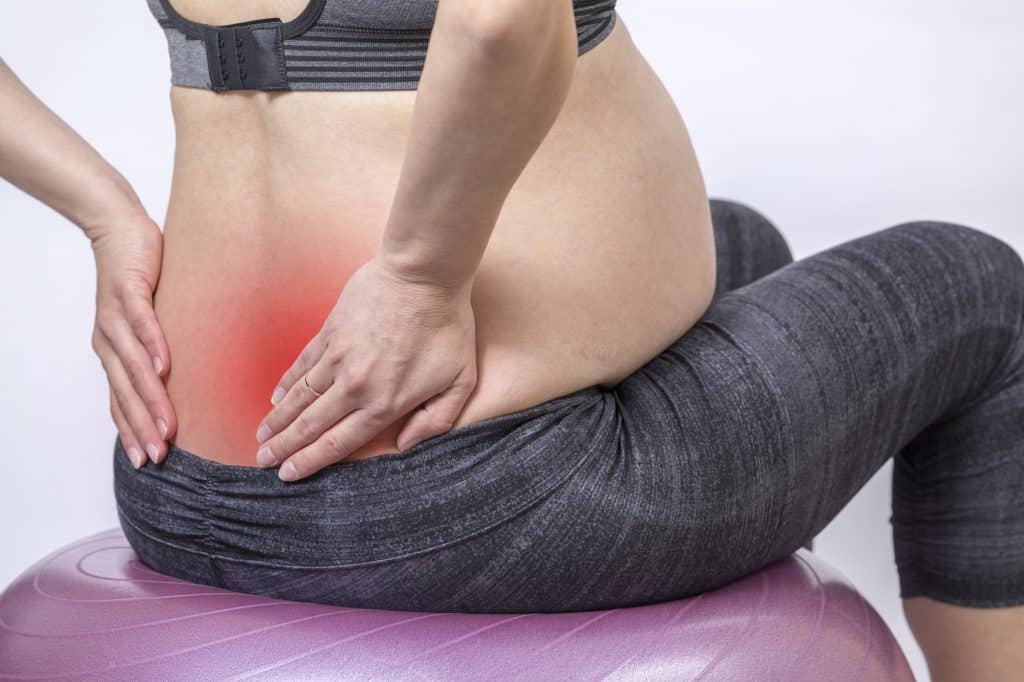
Pregnancy and childbirth can put immense strain on the muscles and joints in your body. The change in hormone levels associated with pregnancy can also affect and “loosen” important ligaments as the levels of “relaxin” in your body increase to accommodate your growing baby.
Many of these aches and pains magically disappear as soon as your baby is born or shortly after. But many women can be left with aching muscles and joints and changes to their regular posture well into the postpartum period and beyond. Unsurprisingly, the pelvis, hips and lower back are common areas of discomfort.
Ways to reduce discomfort: If you have any niggles, aches, and pains that remain after the first few days after delivery, we recommend you book a consultation with one of our Pre- and Post-Natal Osteopaths for an evaluation of your posture and spine before and after your pregnancy.
“We support Mums or soon-to-be mums throughout every stage of their pregnancy journey, empowering them (and Bub) to be healthy, keep fit, prepare for labour and recover well after giving birth.”
We quickly correct any imbalances you may have to prevent chronic muscle and joint pain that haunts you long after your pregnancy is over. We also help to prepare your body and spine for the best birth possible, treat pregnancy-related pain and help you make a quick recovery after the birth.
If you’re worried or need advice don’t hesitate to get in touch with us.

